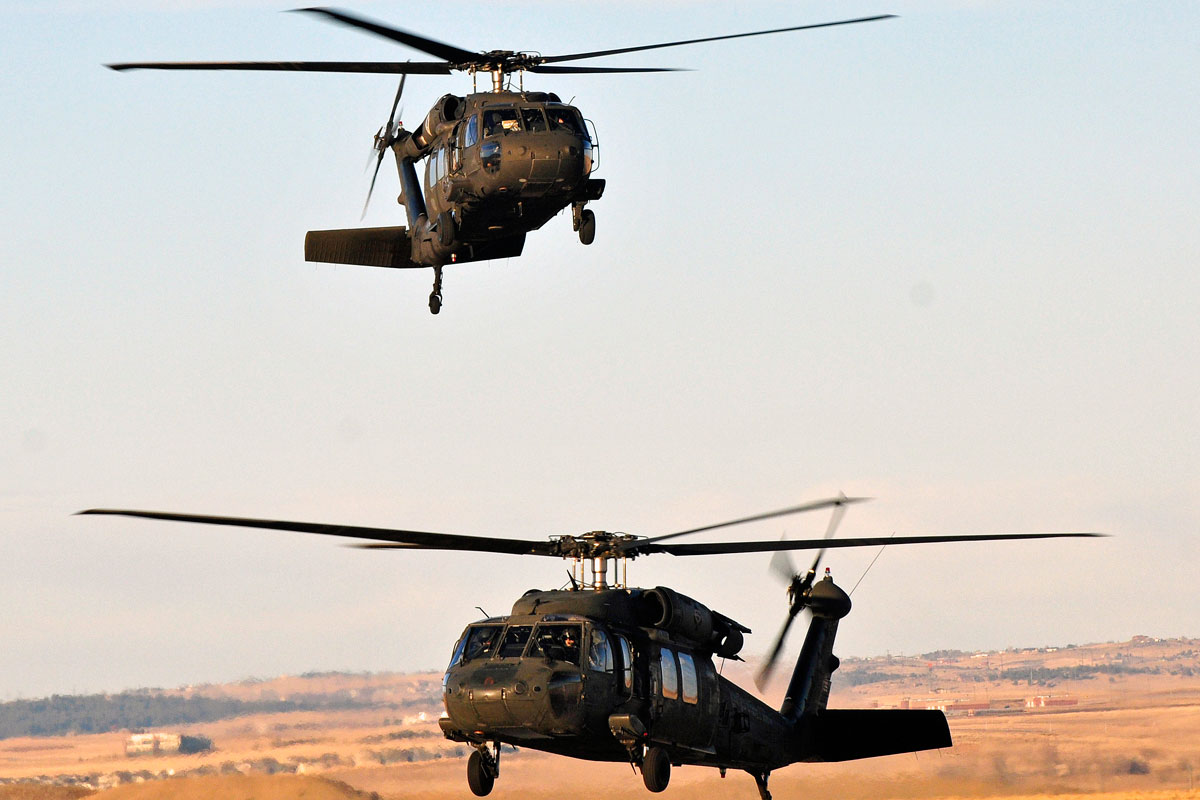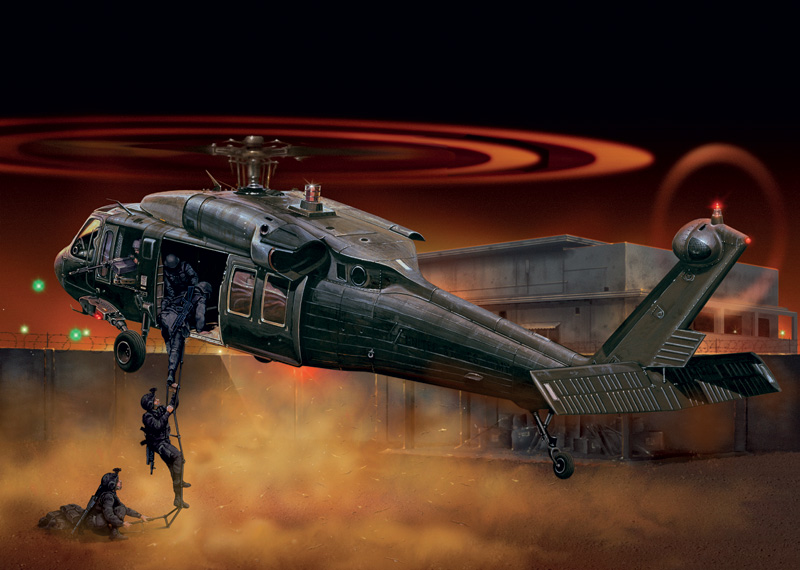Comprehending the Duty and Significance of Different UH60 Parts in Air Travel Procedures
In the elaborate globe of air travel procedures, every element of a UH60 helicopter plays an important role in making certain effective and secure flights. As we check out the significance of the rotor system, engines, avionics, transmission system, and landing equipment in UH60 operations, a deeper appreciation for the harmony of these aspects emerges, losing light on the complexities that underpin the air travel market's commitment to precision and integrity.
Blades System
The blades system, an important element in helicopter design, plays a critical role in offering lift and directional control throughout flight. Consisting of the major blades and tail blades, this system is accountable for creating the necessary wind resistant forces to maintain the helicopter maneuverable and airborne. The major rotor, generally situated over the helicopter, is the key resource of lift. As the rotor blades rotate, they produce a pressure difference between the bottom and leading surface areas, making it possible for the helicopter to get over gravity and ascend into the air.
In contrast, the tail blades, placed at the tail end of the helicopter, counteracts the torque created by the major blades's rotation, guaranteeing the helicopter remains well balanced and can make controlled turns. With each other, these blades parts develop an innovative system that makes it possible for helicopters to perform a broad range of flight maneuvers successfully and securely.

Engines
In aeronautics operations, the proper performance of engines is paramount to enhancing the blades system's aerodynamic capacities in helicopters. The UH60 helicopter is geared up with 2 General Electric T700-GE-701D engines, each giving 1,890 shaft horsepower. These turboshaft engines are important parts that power the primary rotor transmission, tail rotor system, and various other necessary helicopter systems. The engines play a vital function in producing the necessary power to raise the aircraft, regulate its flight, and guarantee a secure procedure.
In situation of engine breakdowns or emergency situations, pilots depend on their training and the helicopter's layout attributes to carry out necessary procedures quickly and securely. In general, the engines in UH60 helicopters are necessary components that add dramatically to the aircraft's functional success and goal performance.
Avionics
Avionics modern technology plays an essential duty in modern aeronautics operations, incorporating electronic systems for communication, navigation, and aircraft administration. In the UH60 helicopter, avionics incorporate a wide variety of systems that guarantee safe and efficient trip. uh 60. These systems consist of interaction tools, such as transponders and radios, which enable pilots to interact with air web traffic control and other airplane. Navigation systems, like GPS and inertial navigating systems, provide accurate placing information to the staff, helping in route preparation and making sure go to the website exact navigating during trips. Additionally, avionics consist of trip monitoring systems that help automate numerous jobs, such as auto-pilot features and trip data recording.
Furthermore, avionics play an important function in improving situational understanding for pilots, allowing them to keep an eye on important trip specifications, weather condition problems, and potential risks in real-time. By supplying crucial data and automation abilities, avionics contribute considerably to the security, effectiveness, and general performance of UH60 helicopters in diverse aviation procedures.
Transmission System
An essential component of the UH60 helicopter's capability and efficiency is its transmission system. The transmission system in a UH60 helicopter is accountable for moving power from the engines to the main rotor and tail rotor systems. This important component guarantees that the helicopter can navigate effectively and maintain stability during trip procedures.
The transmission system in the UH60 helicopter contains numerous parts, including the major gearbox, intermediate gearbox, tail transmission, and drive shafts. Each of these elements plays an important function in making sure that power is distributed effectively throughout the airplane.
The main transmission is specifically vital as it moves power from the engines to the primary rotor system, enabling the helicopter to take off the ground and achieve ahead, in reverse, and lateral motion. The tail transmission, on the various other hand, transfers power to the tail rotor, which helps combat the major rotor's torque and gives directional control.
Touchdown Gear


The landing gear of the UH60 helicopter offers as a vital element for guaranteeing home stable and risk-free ground operations, complementing the capability of its transmission system. Consisting of wheels, shock absorbers, and assistance frameworks, the landing gear supports the helicopter's weight during departure, touchdown, and while on the ground. Normal inspections, lubrication, and replacement of worn-out components are necessary to support the dependability and performance of the landing equipment system.
Conclusion
In content final thought, the different components of the UH60 helicopter play important roles in making sure the smooth operation of air travel activities. uh 60. The rotor system, engines, avionics, transmission system, and touchdown equipment all collaborate to make certain the security and performance of the aircraft. Recognizing the importance of each component is necessary for pilots, engineers, and upkeep staff to make sure the overall performance of the UH60 helicopter during trip operations
